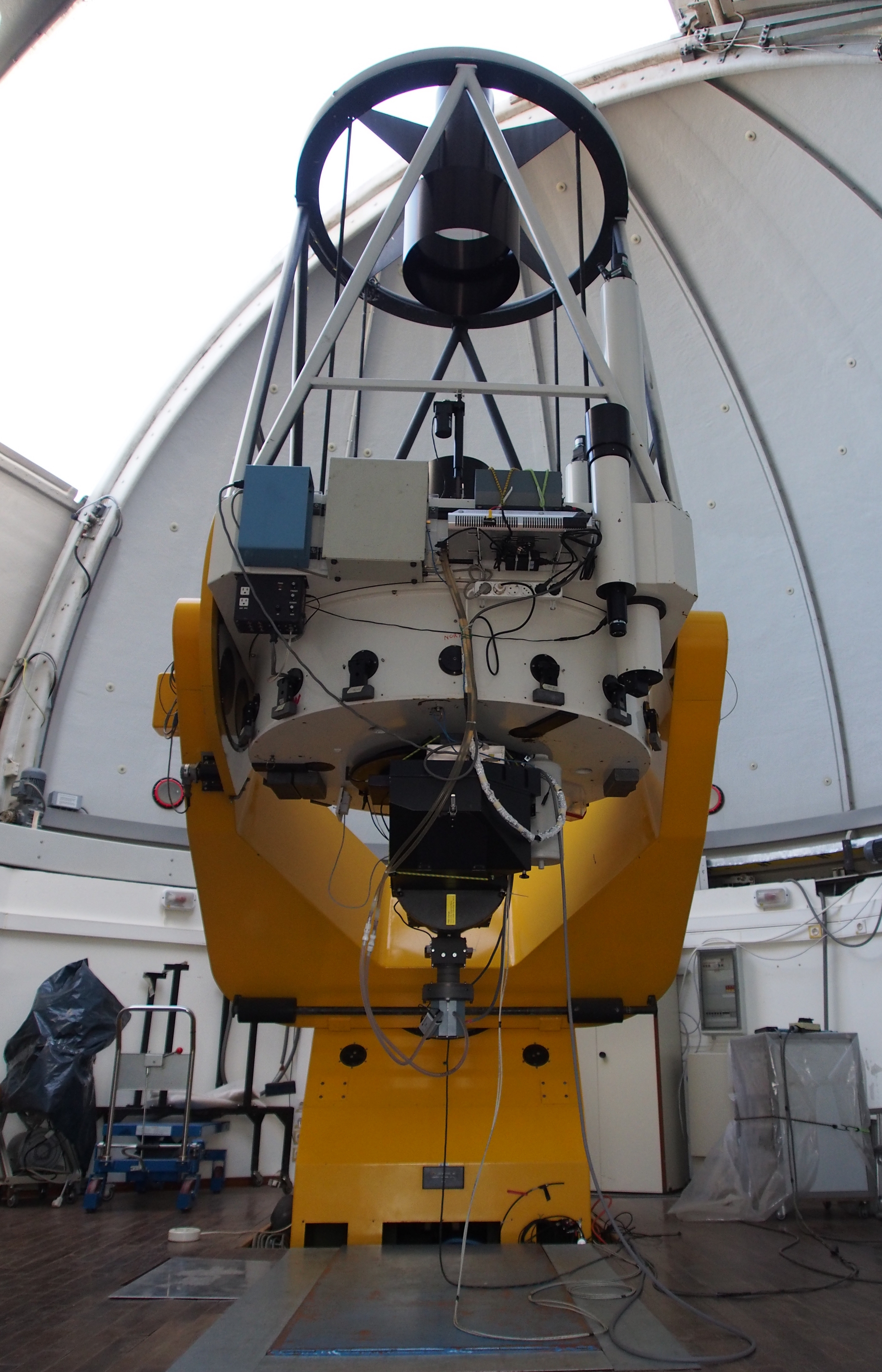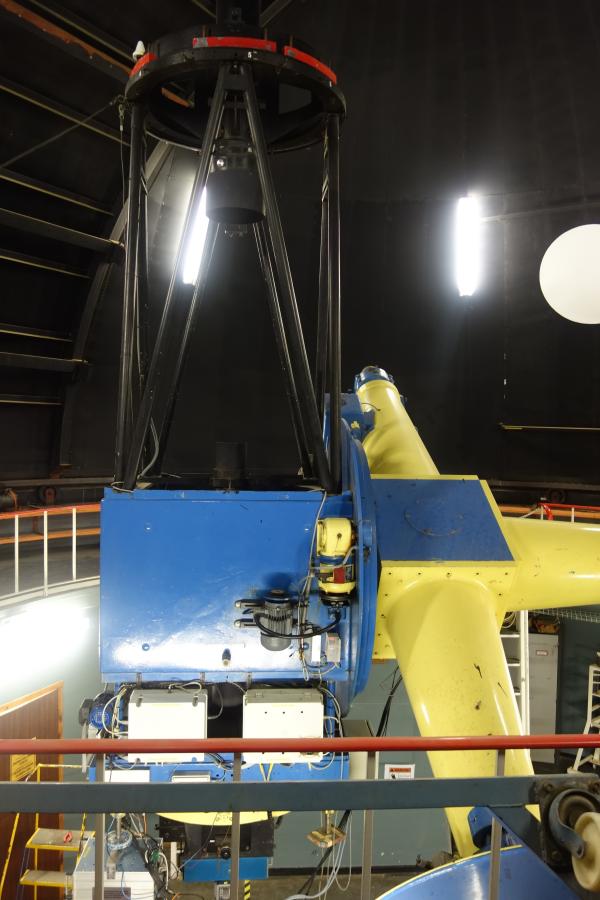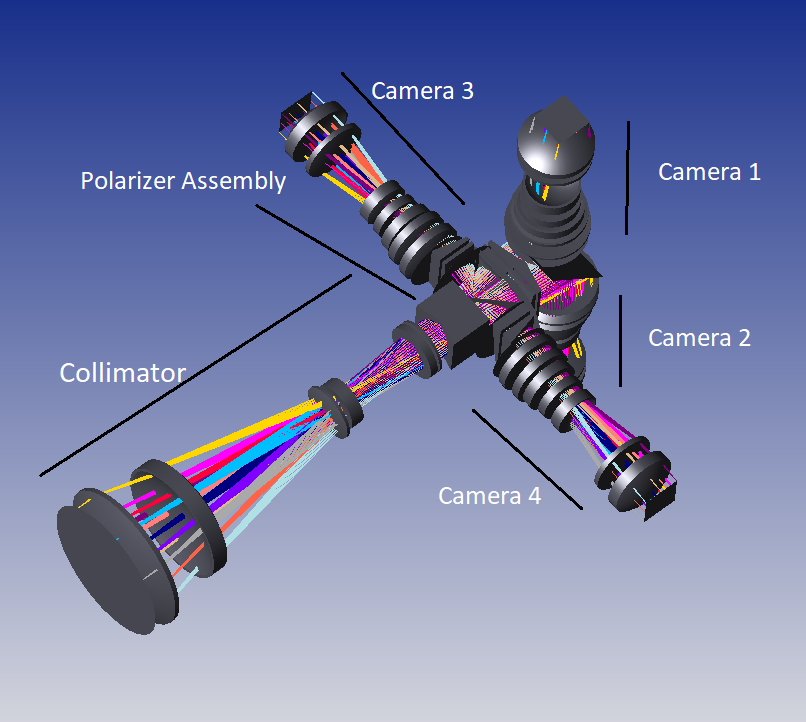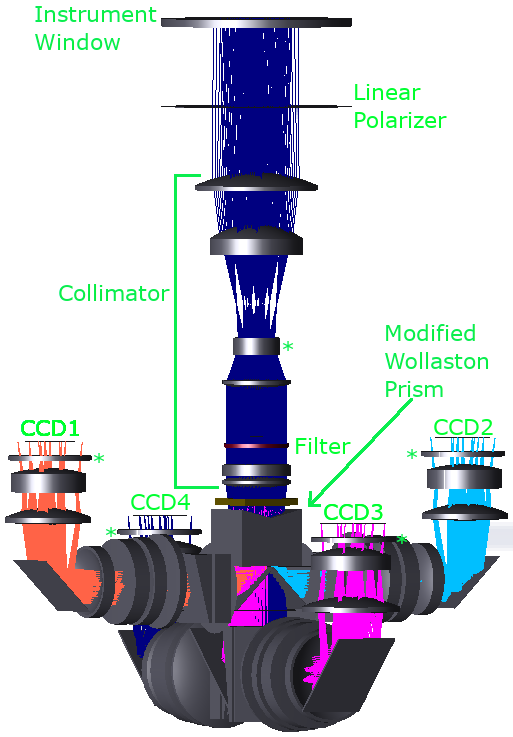Instruments
The experiment will take place in both hemispheres. Some stages of the polarimeters assembly processes are presented in this gallery.
The Northern site is located at Skinakas observatory and uses the 1.3 m telescope.  | The Southern site is located at SAAO and uses the the 40 inch Elizabeth telescope.  |
Polarimetry, as the name suggests, is the science of measuring the light's polarization. The degree of polarization (DOP or p) measures the portion of light that is polarized. Based on this measure, light can be perfectly polarized (p =100%), partially polarized (0% ≤ p ≤ 100%) or unpolarized (p = 0%).
Polarimetry with PASIPHAE will be conducted using two state-of-the-art polarimeters, known as WALOPs (Wide Area Linear Optical Polarimeters), designed exclusively for this project. One polarimeter will be installed on the 1.3-m Skinakas Observatory telescope, and the other on the 1-m telescope at the South African Astronomical Observatory (SAAO). Both instruments will have a field of view of 30 × 30 arcminutes and will be capable of measuring the polarization of stars brighter than R=14.5 magnitude with a sensitivity of p≤0.2% in just 5 minutes of exposure.
The instruments are currently under construction in IUCAA. The optical design is being carried-out by the PhD students John Andrew Kypriotakis and Siddharth Maharana, mostly using the ZEMAX platform. The same students are running lab tests on the optical elements, to ensure the quality of the instruments. The electronics controller to be used is the IUCAA's IDSAC controller. The expected delivery period for the instruments is the first trimester of 2025.
Following images are the optical and mechanical design of the instruments appearance:
Optical design of PASIPHAE's WALOP-South instrument.  | Optical design of PASIPHAE's WALOP-North instrument.  |
Mechanical design of PASIPHAE's WALOP-South instrument. | Mechanical design of PASIPHAE's WALOP-North instrument. |










